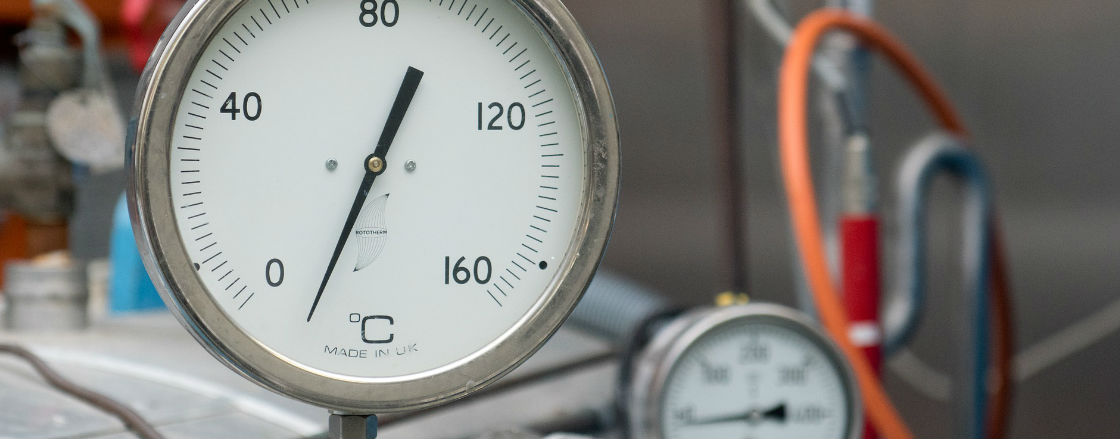
The main temperature-measuring techniques and transducers used in process control include filled- system thermometers, bimetallic thermometers, thermocouples, resistance temperature detectors (RTDs), thermistors and integrated-circuit (IC) temperature sensors.
The main temperature-measuring techniques and transducers used in process control include filled- system thermometers, bimetallic thermometers, thermocouples, resistance temperature detectors (RTDs), thermistors and integrated-circuit (IC) temperature sensors.
Temperature measurement is based on the transfer of heat energy from the process material to the measuring device. Therefore, the two main types of temperature measuring devices are contact and noncontact.
The contact type of measurement devices are more common, these could be:
- Thermocouples.
- Resistance.
- Temperature Detectors (RTD’s).
- Thermistors.
The noncontact are :
- Infrared.
- Acoustic.
Absolute zero is the lowest limit of the thermodynamic temperature scale, it is defined as 0 K on the Kelvin scale absolute zero is taken as −273.15° on the Celsius scale which equals −459.67° on the Fahrenheit scale.
Thermocouples
A Thermocouple consists of two wires of dissimilar metals, electrically connected at one end. Applying heat to the junction of the two metals produces a voltage between the two wires. This voltage is called an emf (electro-motive force) and is proportional to the measured temperature.
A thermocouple requires a reference junction, this is placed in series with the sensing junction. As the two junctions are at different temperatures a thermal emf is generated. The reference junction is used to correct the sensing junction measurement.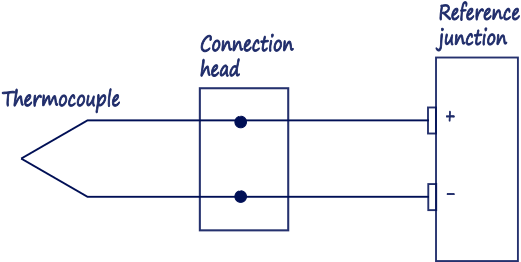
Figure 1. Basic schema of thermocouple with extension leads.
The principle of the thermocouple is based on the Seebeck Effect: two wires of dissimilar metals are electrically connected at one end. When the junction is heated or cooled, a voltage is produced which is proportional to the temperature.
The voltage across the thermocouple increases as the temperature rises and a suitably calibrated instrument, capable of measuring small voltages, can be used to measure the change. Thermocouple tables list the voltages corresponding to each temperature. Temperature tables depend on the type of thermocouple. The relationship between millivolts and temperature is not linear. In microprocessor based equipment, the conversion is done based on the data stored in the device.
The sensing, or hot junction is inserted into the area where the temperature is to be measured. The reference, or cold junction is normally connected to the measuring instrument.
A thermocouple, shown in Figure 1, consists of two wires of dissimilar metals joined together at one end, which is the sensing junction, also cold “hot” junction. The other end, where the wires are not joined, is connected to the signal conditioning circuitry traces, typically made of copper. This junction between the thermocouple metals and the copper traces is called the reference (“cold”) junction.
For accurate temperature measurement, the reference junction temperature must remain constant or suitable compensation provided if it should change. To reduce inaccuracies, most modern instruments provide automatic reference compensation.
The main advantages of the thermocouples can be minimised to:
- Low cost
- Small size
- Temperature range: Depending on the metal wires used, a thermocouple is capable of measuring temperature in the range –200°C to +2500°C.
- Rapid response: Due to small size low thermal capacity, thermocouples respond rapidly to temperature changes, especially if the sensing junction is exposed. They can respond to rapidly changing temperatures within a few hundred milliseconds.
- Robust: Measuring is not disturbed by shock and vibration and the instruments are suitable for use in hazardous environments.
- No self heating: Because thermocouples require no excitation power, they are not prone to self heating and are intrinsically safe.
Main disadvantages
- Complex signal conditioning: Substantial signal conditioning is necessary to convert the thermocouple voltage into a usable temperature reading.
- Accuracy: In addition to the inherent inaccuracies in thermocouples due to their metallurgical properties, a thermocouple measurement is only as accurate as the reference junction temperature can be measured, traditionally within 1°C to 2°C.
- Nonlinear
- Susceptibility to noise: When measuring microvolt-level signal changes, noise from stray electrical and magnetic fields can be a problem. Twisting the thermocouple wire pair can greatly reduce magnetic field pickup. Using a shielded cable or running wires in metal conduit and guarding can reduce electric field pickup. The measuring device should provide signal filtering, either in hardware or by software, with strong rejection of the line frequency (50 Hz/60 Hz) and its harmonics.
Thermocouple types
Nickel-alloy thermocouples
Type E (chromel–constantan) has a high output (68 µV/°C), which makes it well suited to cryogenic use. Additionally, it is non-magnetic. Wide range is −50 °C to +740 °C and narrow range is −110 °C to +140 °C.
Type J (iron–constantan) has range from −40 °C to +750 °C), sensitivity of about 50 µV/°C. The temperature range of this thermocouple is low and lifespan is lesser at high-temperature compare with K-type. It is equal to the K-Type in conditions of reliability and expense.
Type K (chromel–alumel) is the most common general-purpose thermocouple with a sensitivity of approximately 41 µV/°C. It is inexpensive, and a wide variety of probes are available in its −200 °C to +1350 °C (−330 °F to +2460 °F) range.
Type M (82%Ni/18%Mo–99.2%Ni/0.8%Co, by weight) are used in vacuum furnaces for the same reasons as with type C (described below). Upper temperature is limited to 1400 °C. It is less commonly used than other types.
Type N (Nicrosil–Nisil) thermocouples are suitable for use between −270 °C and +1300 °C, owing to its stability and oxidation resistance. Sensitivity is about 39 µV/°C at 900 °C, slightly lower compared to type K.
Type T (copper–constantan) thermocouples are suited for measurements in the −200 to 350 °C range. Often used as a differential measurement, since only copper wire touches the probes. Since both conductors are non-magnetic, there is no Curie point and thus no abrupt change in characteristics. Type-T thermocouples have a sensitivity of about 43 µV/°C. Note that copper has a much higher thermal conductivity than the alloys generally used in thermocouple constructions, and so it is necessary to exercise extra care with thermally anchoring type-T thermocouples.
Platinum/rhodium-alloy thermocouples
Types B, R, and S thermocouples use platinum or a platinum/rhodium alloy for each conductor. These are among the most stable thermocouples, but have lower sensitivity than other types, approximately 10 µV/°C. Type B, R, and S thermocouples are usually used only for high-temperature measurements due to their high cost and low sensitivity.
Type B (70%Pt/30%Rh–94%Pt/6%Rh, by weight) thermocouples are suited for use at up to 1800 °C. Type-B thermocouples produce the same output at 0 °C and 42 °C, limiting their use below about 50 °C. The emf function has a minimum around 21 °C, meaning that cold-junction compensation is easily performed, since the compensation voltage is essentially a constant for a reference at typical room temperatures.[14]
Type R (87%Pt/13%Rh–Pt, by weight) thermocouples are used 0 to 1600 °C.
Type S (90%Pt/10%Rh–Pt, by weight) thermocouples, similar to type R, are used up to 1600 °C. Before the introduction of the International Temperature Scale of 1990 (ITS-90), precision type-S thermocouples were used as the practical standard thermometers for the range of 630 °C to 1064 °C, based on an interpolation between the freezing points of antimony, silver, and gold. Starting with ITS-90, platinum resistance thermometers have taken over this range as standard thermometers.
Tungsten/rhenium-alloy thermocouples
For measuring extremely high temperatures.
Type C Range from 0 to 2329 ℃.
Type D Range from 0 to 2329 ℃.
Type G Range from 0 to 2329 ℃.
Installation of thermocouples
Care needs to be taken when extending or using long or joined leads when measuring with thermocouples. For connecting or extending thermocouples using consistent metals minimises the effects from temperature variations as the leads pass through different thermal conditions in the plant as the temperature variations within a thermocouple circuit are primarily dependent on the metals used and any temperature variations, and not on the length of the cable run or the diameter of the conductors. Using transmitters that recondition the signal into a more robust and noise resistant form.
Application Details
If the thermocouple has been installed but does not make contact with the thermowell then an airgap is introduced which affects response time and can have a temperature variation from the actual temperature. A thermopaste can be used, but should only be applied at the tip where the temperature measurement occurs. The insertion depth is also a factor, as the deeper the insertion the more accurate the measurement. Thermopaste can make up for some shortness in length, but is limited if the shortfall is too great. When replacing thermocouples in thermowells, it is important that the bore of the thermowell is cleaned. During the changeover or just over time, it is possible that material may accumulate at the bottom of the well which can insulate the thermocouple from the sheath and prevent heat transfer.
Grounding can be another problem, where the accuracy and response can differ between grounded and ungrounded devices. When replacing thermocouple, the extension cable may require replacing also. Wear and tear or deterioration of the cable can affect accuracy. The contact with the terminals must also be considered as corrosion may be a problem. Something that applies more to response time than accuracy is the type of junction. It may be possible that the original thermocouple had a bonded junction and the new thermocouple an insulated junction. Insulated junction thermocouples have twice the response time of bonded junction thermocouples.
Related articles:
Temperature measurement Part 2 : RTDs
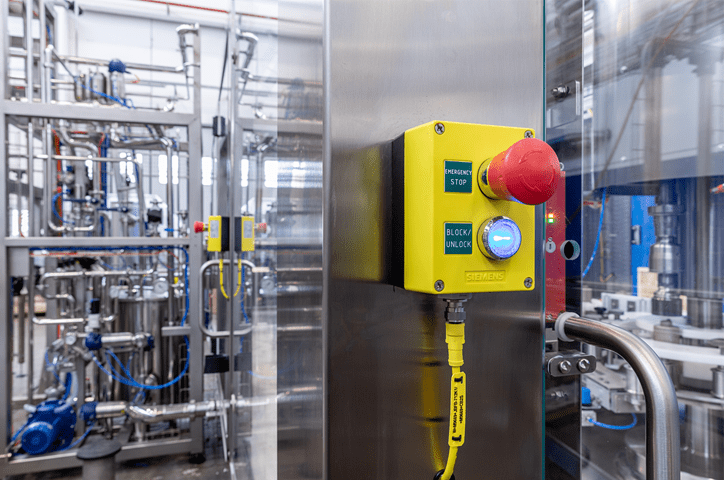
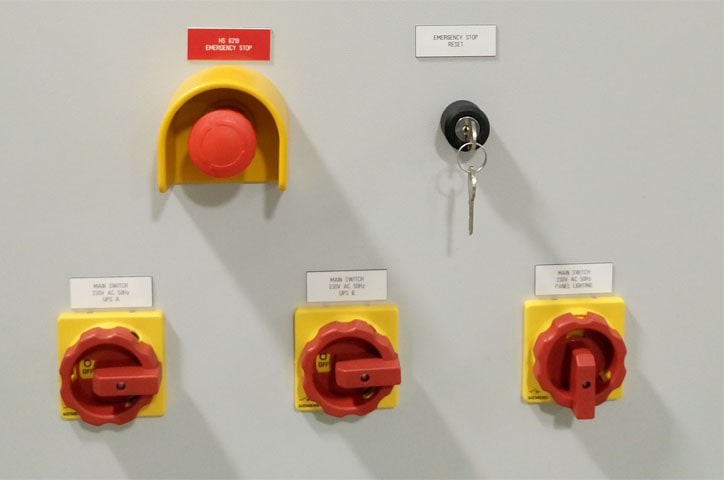
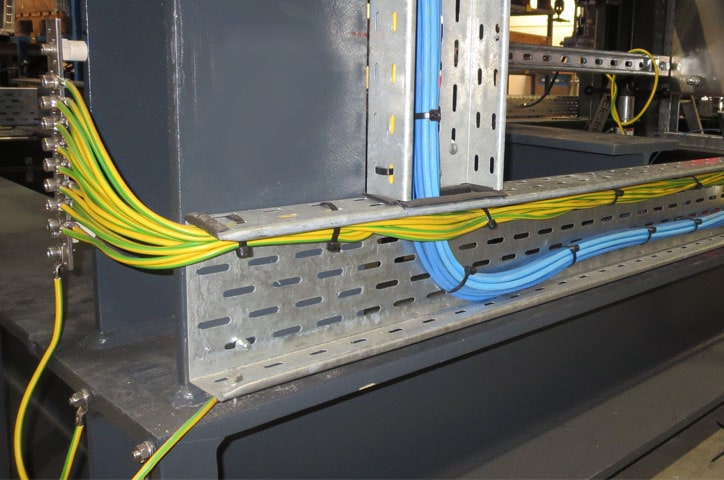
0 COMMENTS //
Join the discussion